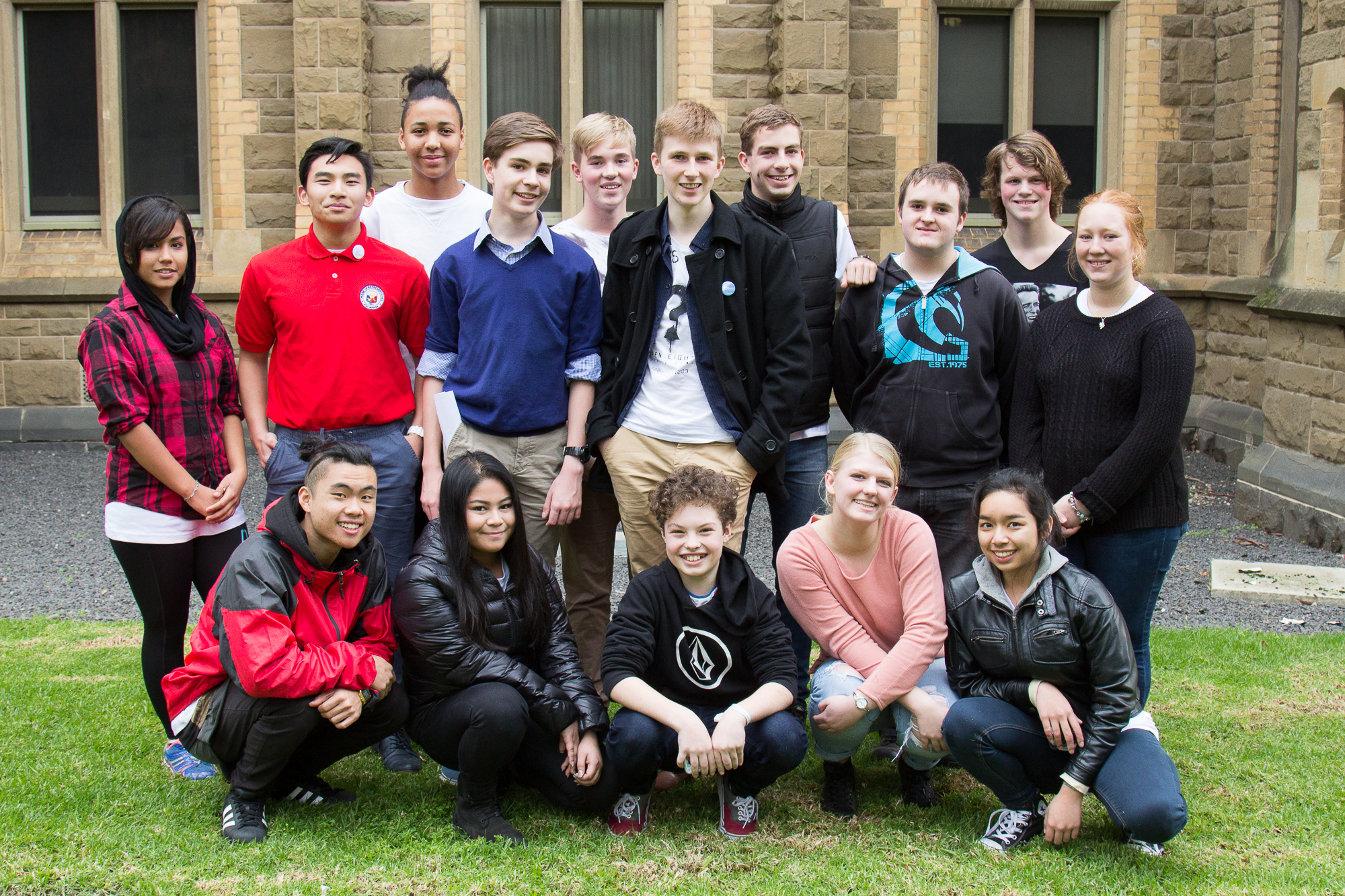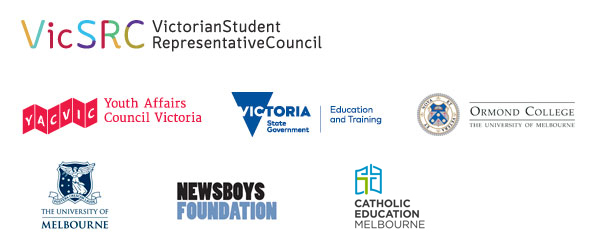Join the roar of student voices.
VicSRC Congress is a melting pot of ideas and student-led solutions.
180 students from 68 schools were brought together from all across the state to debate, decide and act on the issues that matter most to their education in 2016.
With over a decade of student-led advocacy and action behind us, 2016 presented an opportunity to say ‘Yes, and…’, then work out how.
It was the first time we've done electronic voting.
The first time we reached 84,000 people on social media.
The first time we received a personal message of support from the Premier of Victoria, Daniel Andrews MP.
And the very first time VicSRC delivered student-led solutions at an Open Morning with 300 participants.
This report provides an overview of Congress 2016 and ten solutions to issues affecting education that matter most to Victorian students. You can also download the PDF version.
We urge all students, teachers, principals and education sector stakeholders across Australia to consider how they can adopt and implement the student-led initiatives within their settings.
Student voices rang out at Congress, and the message is clear.
We have the power to turn ideas into action.
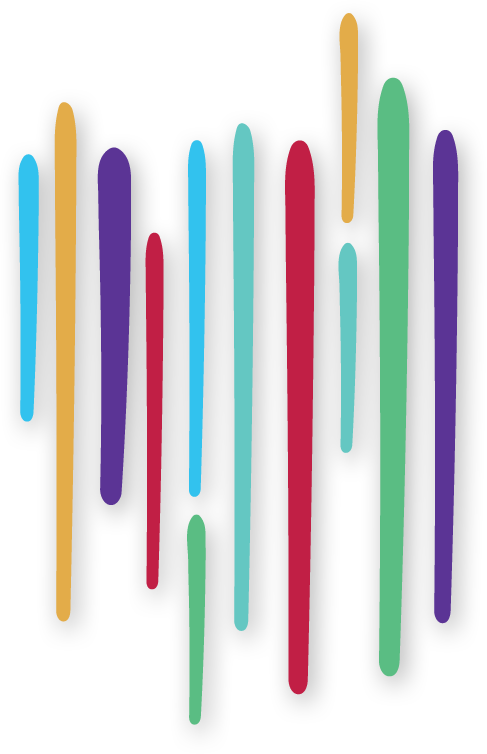
We have the power
to turn ideas into action.
Foreword
If there's a way of doing something better in education, it's our obligation to do it.
From the first time I attended Congress in 2014, until my third and final Congress this year, I have watched students from across the state transform education. Congress isn’t just about changing education – it is also about meeting new people and being inspired to make a change for yourself.
From Rochester to Melton, Morwell to Casterton, Bendigo to Balwyn – students came to Congress from all across Victoria. It was a mixed bag of wonderful with 180 students, 29 scholarships, 30 volunteers and staff, 10 action proposals, and an epic Open Morning with over 300 people. It didn’t matter if you were from government, private, Catholic, special, TAFE or flexible education settings. What mattered was your voice and knowing that together, we can make education better.
Over the years I’ve seen the evolution of Congress. This year, the Open Morning initiative was a great success. The hard work from all of the delegates and crew really paid off in the Lightning Lobby and Congress session, where we shared 10 student-led ideas with more people than ever before.
Students care deeply about learning; diversity; wellbeing; and having a real seat at the decision-making table. If there’s a way of doing something better, it’s our obligation to do it. More than ever, this applies to the way we think about, and do, education.
This is my challenge to all students: Use the action proposals; work together; create solutions; make change and move from talk into action. You won’t regret it!
Demi Irwin, 18, Rochester Secondary College | VicSRC Congress 2016 Coordinator
"It's been the best few days of my entire life."
Delegate, Congress 2016
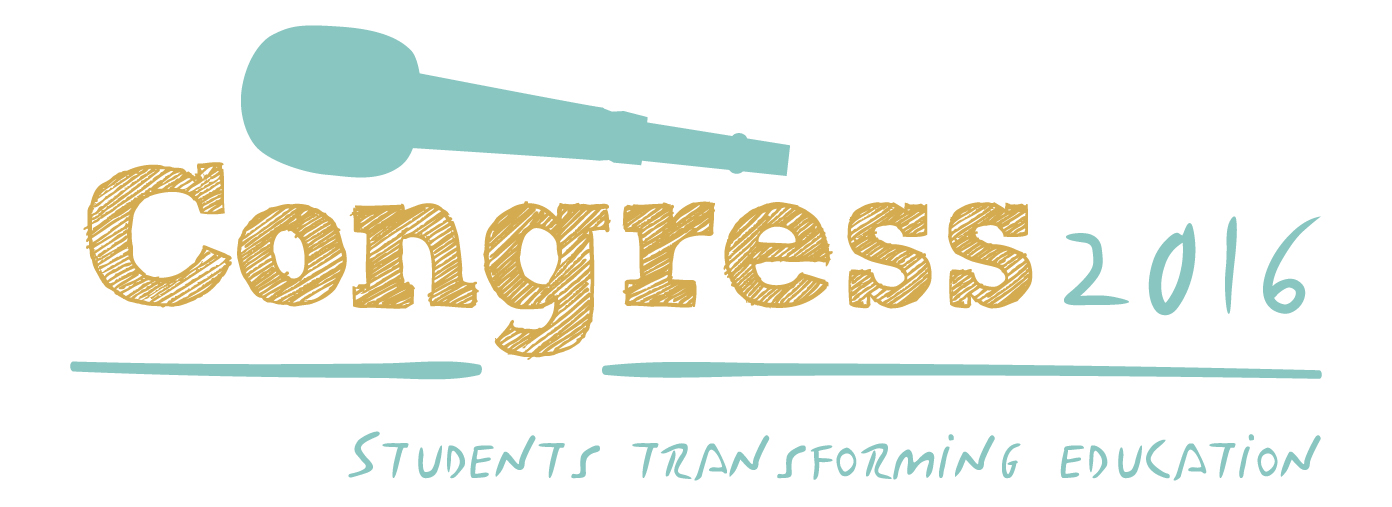
Setting the scene
About us
The Victorian Student Representative Council (VicSRC) is the peak body representing students in Victoria. Our vision is a world where all children and young people have access to education that is student-led, student driven and student-focussed. We exist to empower all student voices to be valued in every aspect of education.
About Congress
VicSRC Congress is an explosion of student voice.
Run by students, for students, Congress brings students together from all across the state to debate, decide and act on the issues that matter most to their education. Through interactive workshops, student-led discussion and solutions-focussed debate, delegates determine the VicSRC policy agenda for the coming year, and appoint the Student Executive that will implement it.
Students transforming education
From March-May this year, VicSRC consulted with over 800 Victorian students to determine the top 10 issues that matter most in 2016. Common threads tied issues together across regions, sectors and ages. These fed into Congress 2016, framing the delegates’ experiences and forming the basis of the debate.
Taking student voice seriously
Student voice involves more than just listening to students – it involves taking seriously what we say. It means students participating in decisions made about our education.
We have the right to participate in making decisions about matters that affect our lives (as recognised in Article 12 of the United Nations Convention on the Rights of the Child). Giving students a strong voice in our education helps prepare us for our changing world. Students are more engaged in school education when we are involved in shaping our learning.
In order for student voice to impact on the education system in Victoria it must influence policy and program development. Student voice enables policy and program development that is highly relevant and responsive to the needs and aspirations of students.
Students have a right to be heard. In student-focused schools, student participation goes beyond students having a voice only through their representation in an SRC or similar body. When students meaningfully participate in decision-making about their learning, they are more likely to remain involved in education and to achieve better results.
All students have a right to access high-quality teaching, facilities and resources. Needs-based funding is key to helping achieve this. Targeted measures also have a role to play in addressing disadvantage and inequity across school communities.
Respectful relationships between students and teachers matter to students. Respectful relationships between teachers and students strengthen learning. Respectful relationships sit at the core of a thriving and supportive school community. In a culture of respect, students feel safe to learn.
Students learn best when their social and emotional development is supported. Victorians believe that young people’s wellbeing should be as important to schools as teaching students to read and write. Schools are uniquely placed to support students’ development and wellbeing.
"You have opened my eyes so much they are practically falling out of my head."
Taylor, Delegate
The solutions of Congress 2016
Turning ideas in to action
The ideas were the drumbeat of Congress 2016 - our chance to share uniquely student-led solutions to issues in education.
Through group work and peer-led activities, delegates harnessed the experiences, passion, insight and creativity of students to create innovative ideas. Delegates presented their proposals at the Open Morning, which comprised the Lightning Lobby and the Congress Session.
Six VicSRC priority areas for 2016-2017 were determined by students:
- 1.Learning & assessment
- 2.Diversity
- 3.Peer-peer relationships
- 4.Student wellbeing
- 5.Student voice in decision making
- 6.Student-teacher relationships
We encourage all students to use the full 10 ideas in their schools and communities via the VicSRC Action Resource.
"It's completely eclipsing all of my wildest expectations."
Desney, Crew
Learning & assessment
The issue
Young people need an education to prepare them for a rapidly changing world. Students spend 13 years of their life in school. The skills learnt here lay the foundation for the future.
Students won't always be students, but we will always be learners. Now is the time for education to better prepare young people for life.
Our belief
We believe in a future where students are taught to think smart and are prepared for real life.
The reality
Students graduate understanding how school works, not how life works.
The ideas
- 1.Teach students to do their taxes / how to vote / manage finances / understand real estate (via seminars or lessons).
- 2.Encourage students to teach each other to think outside the box and work together (through team learning and student-led classes).
- 3.Prepare students to know how to study and work productively (through workshops and creative thinking
Get inside the issue: hear what students have to say about learning & assessment.
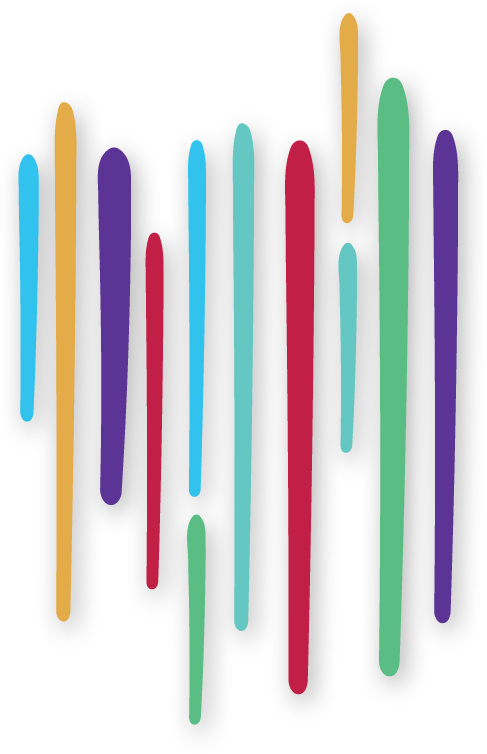
Diversity
The issue
Discrimination (specifically verbal) against others is a prominent and serious problem in Victorian schools that has been ignored for too long.
It's unacceptable that people use negative language in relation to race, disability or the LGBTQ+ community. Often this happens through lack of understanding why the language is harmful.
All students should feel safe and respected at school.
Our belief
We believe in a community where everyone understands the terms relating to race, disability, or the LGBTQ+ community and consciously choose appropriate language to create a culture of respect and equality.
The reality
Strong derogatory languag is being used casually, creating a negative effect on our school communities and individuals.
The ideas
- 1.Students create a dictionary of the origin of hurtful words so that it will create understanding and inspire others not to use those words again.
- 2.Form 'Stand Out' groups to discuss diversity issues and come up with solutions for their school, and share it with the wider community.
- 3.Create student-led diversity campaigns to break down barriers of understanding within the school and the community, aimed at students, school staff and families.
Get inside the issue: hear what students have to say about diversity.
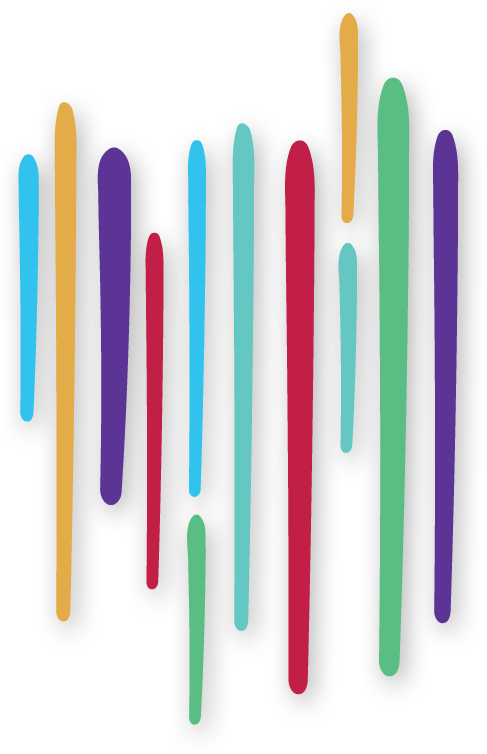
Peer-Peer relationships
The issue
Peer relationships are important. Positive foundations between peers is the foundation to everything.
However, not enough emphasis is placed on supporting relationship building between peers. As a result, there is a lack of acceptance in diversity and equality between peers which has a negative impact on peer-peer relationships.
Our belief
We believe in a perfect school where everyone can feel like they belong, where grades don't define intelligence, where social status doesn’t define your worth and your hobbies don’t define your gender. A child isn’t to be held down by the war in their heads.
The reality
A lack of acceptance in diversity and equality between peers exists in schools.
The ideas
- 1.A video campaign to increase awareness of equality between people, thus creating an inclusive environment full of diversity and no bullying. Videos involving bullies of all ages coming out to apologise with the victims showing forgiveness.
- 2.Start up a Peer-Peer Mentoring Support Network. Junior students will be able to interact comfortably with senior students, asking for advice or even just going for a chat. This will make school a more ‘exciting’ place to be at, knowing you’re accepted no matter what year level, gender or race you are.
- 3.Lobby the government to provide more funding to schools so that they can have either smaller classrooms (10 students per teacher) or additional teachers in each classroom. Students receive more specified support for their needs which can improve their learning as we have recognised that every student learns in a different way with various learning styles.
Get inside the issue: hear what students have to say about peer-peer relationships.
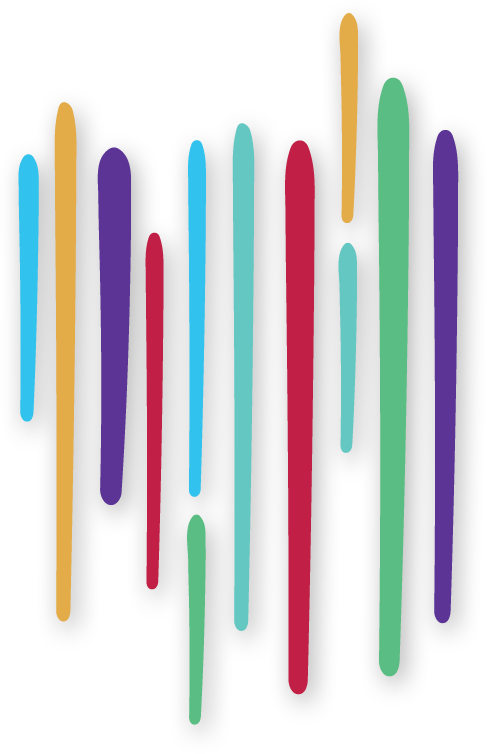
Student wellbeing
The issue
Student wellbeing is vital. Students learn best when their social and emotional development is supported, and a student's experience at school can ultimately impact what they do in the future.
However, stigma associated with mental health means that many students suffer silently.
Our belief
We believe in a learning environment where students feel comfortable to seek help. Student wellbeing should be as important to schools as teaching students to read and write.
The reality
Due to stigma and lack of information, students do not seek or get the help they need for their mental wellbeing.
The ideas
- 1.Personal development days for all teachers to learn about 'Student Wellbeing First Aid'. This will create valuable opportunities for teachers to feel more equipped to support their students' wellbeing.
- 2.Regular mental health checks for students. Termly check-ins for every student in order to identify challenges and create plans to improve the wellbeing of all students.
- 3.Instigate a student mental health program similar to Safe Schools Coalition in order to ensure that all students feel safe at school regardless of race, religion, gender, sexual orientation and differences. Human diversity plays a huge role within student mental health and wellbeing.
Get inside the issue: hear what students have to say about student wellbeing.
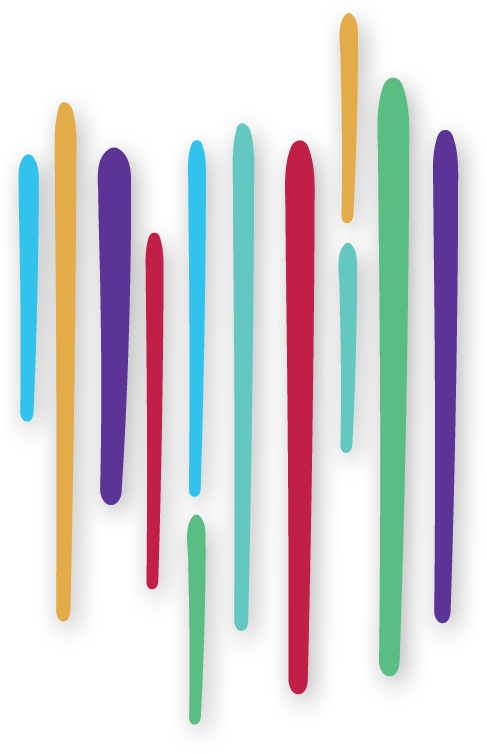
Student voice in decision making
The issue
Student voice should be an integral part of any school's decision making process.
Having a voice in the decision making process enables students to feel part of the schools' present and future. However, students are often excluded from this.
Our belief
We believe in a state where schools have the resources and guidelines to promote students having a say in core decisions.
Students should have the right to be heard, with representatives on school council, in a safe consultative environment as equals.
The reality
Right now, more schools don't have students on school council than those that do. When students aren't included in decision making, they feel disenfranchised and disengaged.
The ideas
- 1.All Victorian schools should bring student representation to their school councils and boards in an authentic way. Student representatives should have full or partial voting rights and act in the best interests of their peers. We recommend that schools have two students (minimum 1) on all decision-making bodies such as school council, teacher subcommittees and working groups.
- 2.Bring consultation with students into the planning process when making major and minor decisions affecting the school community.
- 3.Develop a guide for students, teachers and principals to formalise the consultation and decision making process with students. The guide should include best practice templates and strategies for enhancing student voice in decision making.
- 4.Schools should reach out to other schools and VicSRC to form regional clusters working together to implement these ideas.
Get inside the issue: hear what students have to say about student voice in decision making.
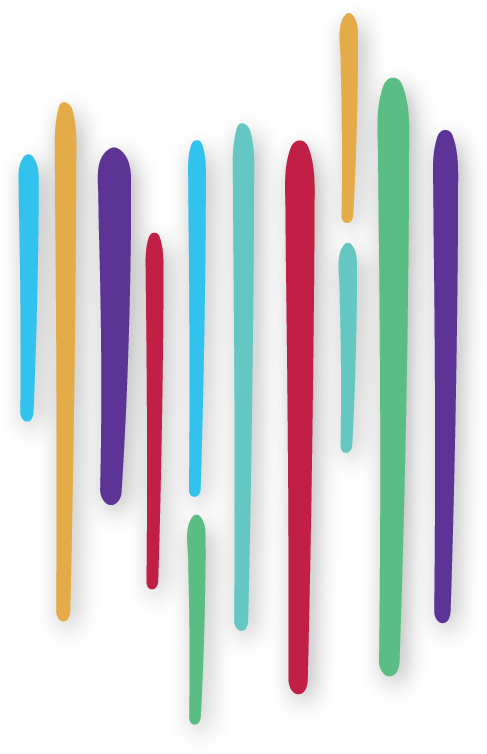
"Educators need to see the extreme potential of young people and the issues that are important to us."
David, delegate
Student-teacher relationships
The issue
The gap between students and teachers can lead to negative student-teacher relationships, which can impact the way students learn in class and communicate outside of school.
Respectful relationships between students and teachers matter to students. When we bridge this gap, mutual trust, respect and support strengthens learning for both students and teachers.
Our belief
We believe in a school where students and teachers can all unite to better support and understand each other.
The reality
Lack of mutual respect and opportunities for positive communication results in students and teachers who don't feel valued.
The ideas
- 1.Implement VicSRC's Teach the Teacher program in all schools to create positive communities through student-led conversation.
- 2.Create a 'Heart2Heart' program. Open to any student who feels they need support, the program involves students and teachers coming together to discuss the student's progress in subjects and life in general on a termly basis.
- 3.Create opportunities for students and teachers to chat. Open up the staff room or common room one recess a week for 'Tea'n'talks'. If students and teachers can have friendly chats with their teachers outside the pressures of the classroom, the overall culture improves significantly.
Get inside the issue: hear what students have to say about student-teacher relationships.
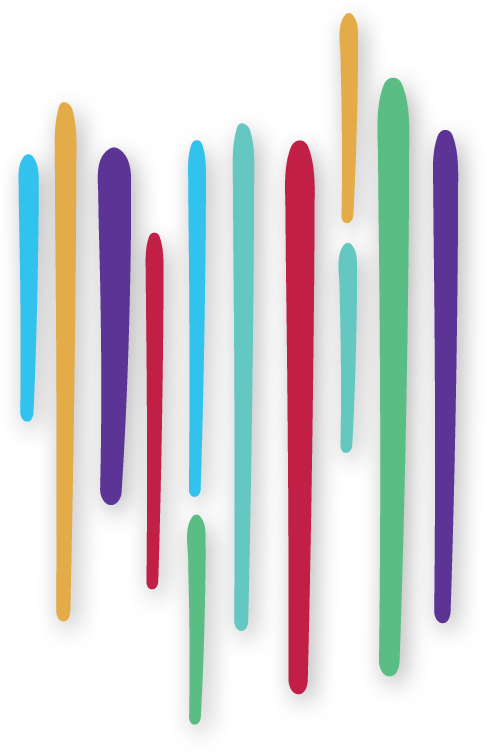
Classroom management
The issue
Lack of mutual respect between peers, and between students and teachers can create a negative classroom atmosphere.
The classroom is a melting pot, and how teachers and students work together to manage the classroom makes a big impact on the experience of school.
We know that teaching methods which value student input, benefit everybody. Students should be part of the solution to disruptive behaviour, and teachers should cater for diverse learning styles and needs.
Our belief
We believe in a learning community where an atmosphere of mutual respect and equality enables students to learn in their own way.
The reality
Classrooms can have a negative atmosphere, as students do not have the opportunity to have a choice in how the class is managed.
The ideas
- 1.Reverse student-teacher interviews. Allow students to feedback to their teachers on classroom management strategies and ideas.
- 2.Flexible classroom layouts. Classrooms should promote collaboration, creativity and communication. As Kayla Delzer says, "This simply cannot be done when kids are sitting in rows of desks all day." Read more.
- 3.Wide variety of career options and pathways on Careers Day. Students want all academic and vocational pathways through school to be respected. All pathways, including VET, VCAL and VCE should be equally valued and explored.
Get inside the issue: hear what students have to say about classroom management.
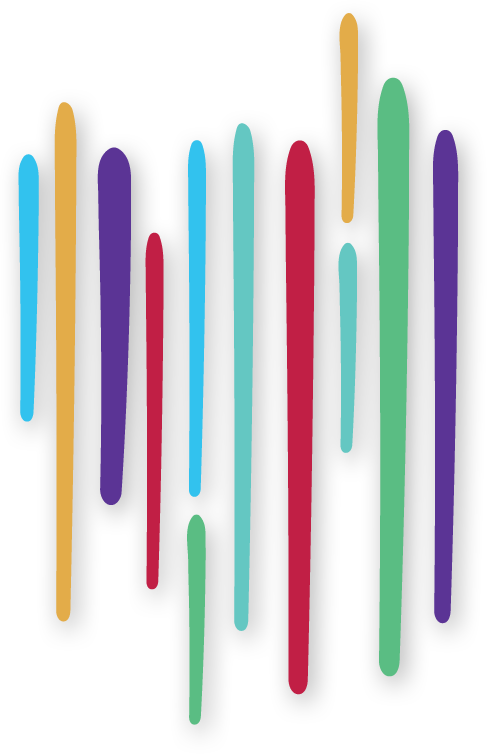
School culture
The issue
School culture - 'the vibe' - is the umbrella of all the important issues that students face in schools. It's what makes the school a safe, collaborative and thriving community for everybody.
It's a broad topic, so delegates have identified four key areas for immediate improvement across all schools - the CERR areas:
- 1.Communication
- 2.Equity
- 3.Representation
- 4.Relationships
Student voice needs to be embedded within school culture so that the voices of students are truly heard. Working on these CERR areas will create feelings of accomplishment, belonging, wellbeing, academic motivation and drive - thus creating a more positive, student-centred culture in Victorian schools.
Our belief
We believe in a future where every school, and every student, is able to feel safe and secure and to have the right to make positive change in the school community.
The reality
Schools aren't placing enough importance on the groundwork that underpins school culture, and as a result, students are disengaged.
The ideas
- 1.A student assessment survey of their own school culture. We recommend schools evaluate their school community through an optional survey to discern student perspectives and satisfaction in each of the four CERR areas.
- 2.A star-rating system of the school's culture derived from the survey results. Schools would get a star-rating out of four. Use the results to set the benchmark of the culture of your school and set goals to increase your star-rating.
- 3.Report back on the progress of the results. Use the learning - school culture is not a one-time thing and nor should the survey.
Get inside the issue: hear what students have to say about school culture.

Working together
The issue
Working together is about collaboration, partnerships and clusters between schools. Generally speaking, students lack a full understanding of the diverse options and life skills available to them.
Working together aims to initiate educational and social collaborative relationships across schools and communities in order to create guided futures for students.
When schools, students and communities work together, all are strengthened.
Our belief
We believe in a community of schools that work together to share resources, knowledge and life skills to enable students to choose a career path that is right for them.
The reality
Right now, not enough young people are receiving the essential skills they need to progress in the future.
The ideas
- 1.'How to Adult 101': collaborate with organisations to provide essential skills that enable students to 'survive' adulthood such as mental health avenues, career experiences and financial planning.
- 2.Collaborate with training institutions (eg. TAFEs and VCAL providers) and local businesses to provide information and opportunities to students on alternative pathways to VCE.
- 3.'Youth Ambassadors': encourage youth representation on all local councils across Victoria by connecting schools and the community together.
Get inside the issue: hear what students have to say about working together.
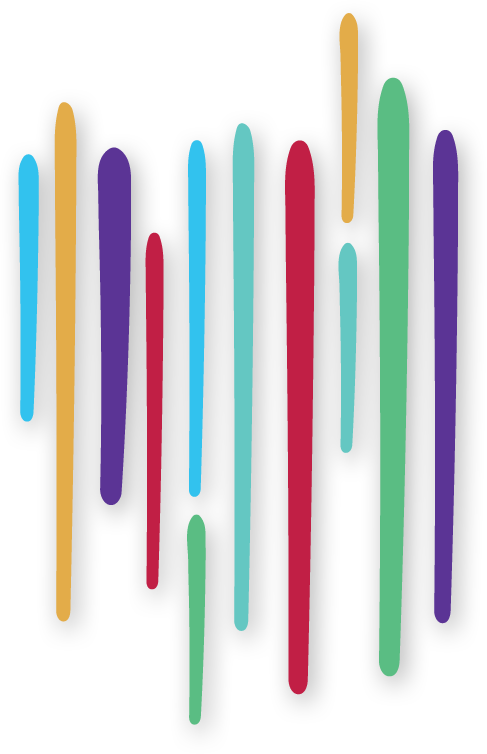
Facilities & resources
The issue
Facilities and resources, funding distribution and resource allocation are key to education.
Inequity in resource provision has a substantial impact on student outcomes across the country. Students are having their future cut off at their knees, and are not being given equal access to educational opportunities that should be available to all.
Our belief
We believe in a future where our communities are not disadvantaged by post code, lack of opportunities and resources, and our schools work in a combined effort to give everyone the best education possible.
The reality
Funds are not being distributed equally at both government and school levels, and students are not being included determining how funding is shared.
The ideas
- 1.A collaborative online platform for teachers and students from a wide variety of schools to share resources and projects within an equal learning environment.
- 2.To use the online platform as a conversation space for students, teachers, and principals to discuss and solve shared issues.
- 3.'Class exchange': Encourage schools to work together to create transportation and other resources for students to take classes at neighbouring schools, to ensure that more elective opportunities are available.
Get inside the issue: hear what students have to say about facilities and resources.
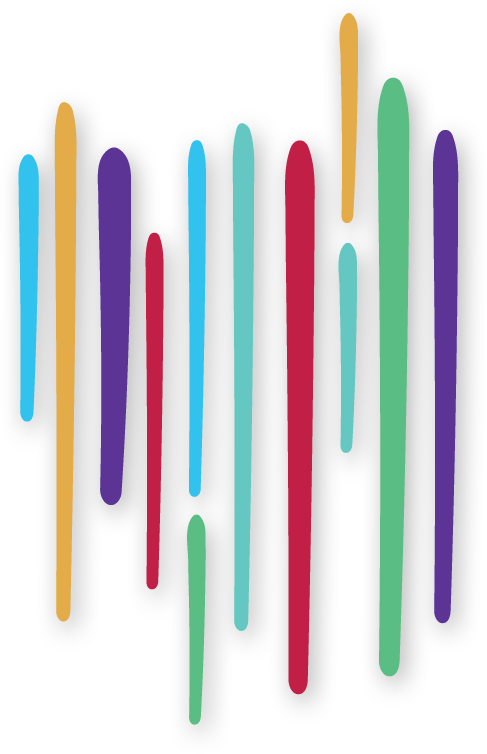
"Students came back with an insatiable appetite for student voice."
Sally, Teacher
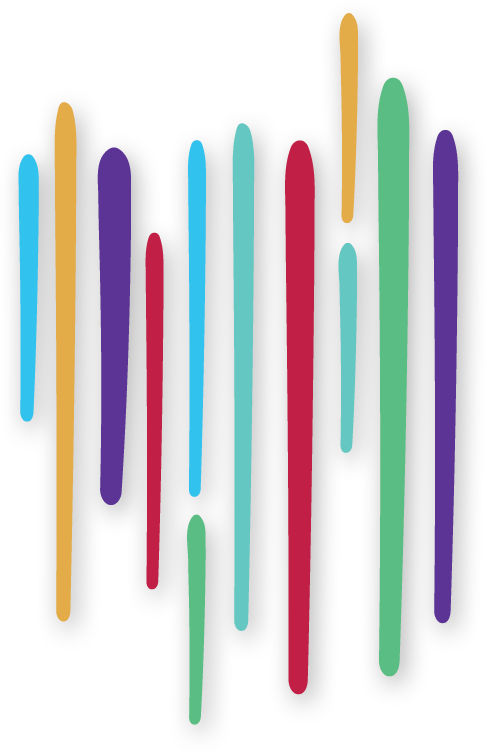
Goodbye...
We proudly acknowledge the work of the outgoing VicSRC 2015-2016 Executive team.
Liz Chiem, Mount Waverley Secondary College | Simana Latu, Copperfield College | Margaret Tran, The Mac.Robertson Girls' High School | Danai Harawa, Frankston High School | Demi Irwin, Rochester Secondary College | Sam Ilobuchi, Frankston High | Kristen Sellings, Yarram Secondary College | Marine Chu, The Mac.Robertson Girls' High School | William Hornstra, Trafalgar High School | Victoria Vassallo, Catholic Regional College Melton | Spencer Davis, Footscray City College | Shania Hallyburton, Brauer College | Matty Sievers, Bendigo Senior Secondary College | Thomas Velican, Nossal High School | Dave Serpell, Northern College of the Arts & Technology
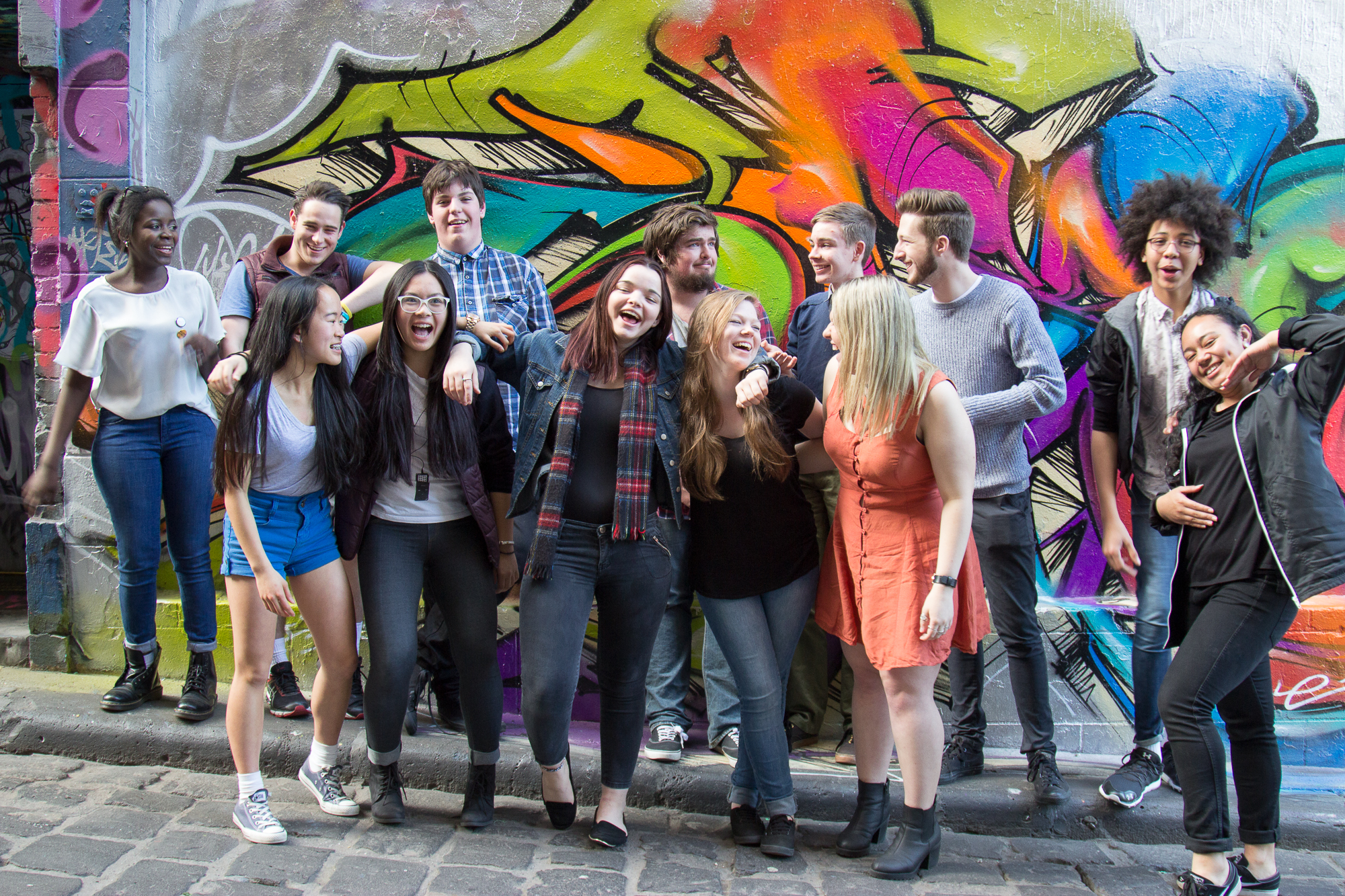
...& Welcome!
We are thrilled to introduce the newly elected VicSRC 2016-2017 Executive team.
Bryce Pace, Brauer College | Campbell McGown, Mount Waverley Secondary College | Chelsea Hard, St Joseph's College Echuca | Chloe Laurel, Catholic Regional College Melton | David Trevorrow, Braybrook College | Feyla Anja, Mount Waverley Secondary College | Gerard Filipe, Frankston High School | Jacob Baker, Rochester Secondary College | Phoebe Cody, Brauer College | Roghayeh Sadeghi, Northern Bay College | Ryan Wijaya, Nossal High School | Sam Ilobuchi, Frankston High School | Spencer Davis, Footscray City College | Tobi Naylor, Auburn High School | William Wilson, Yarram Secondary College.
